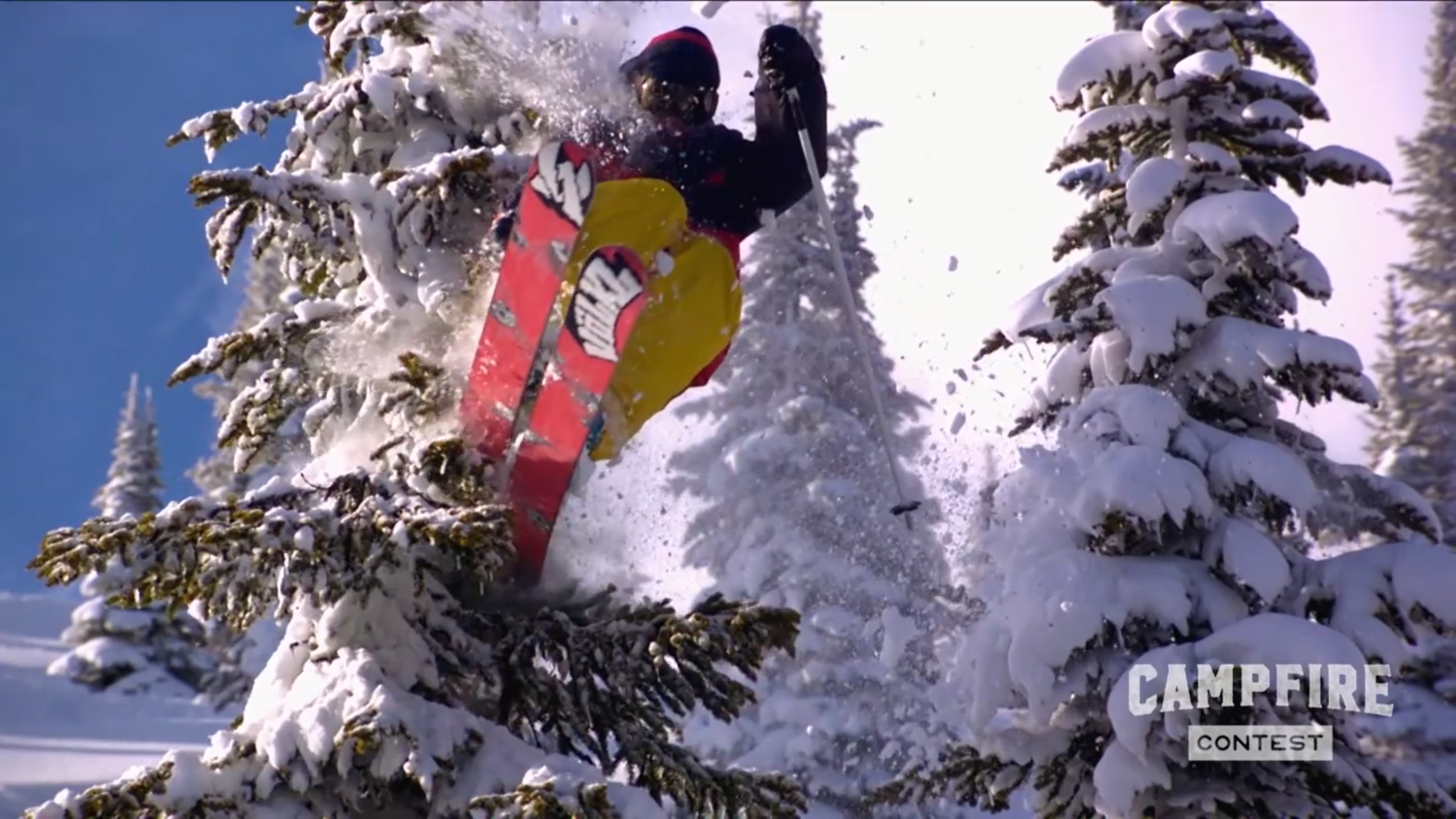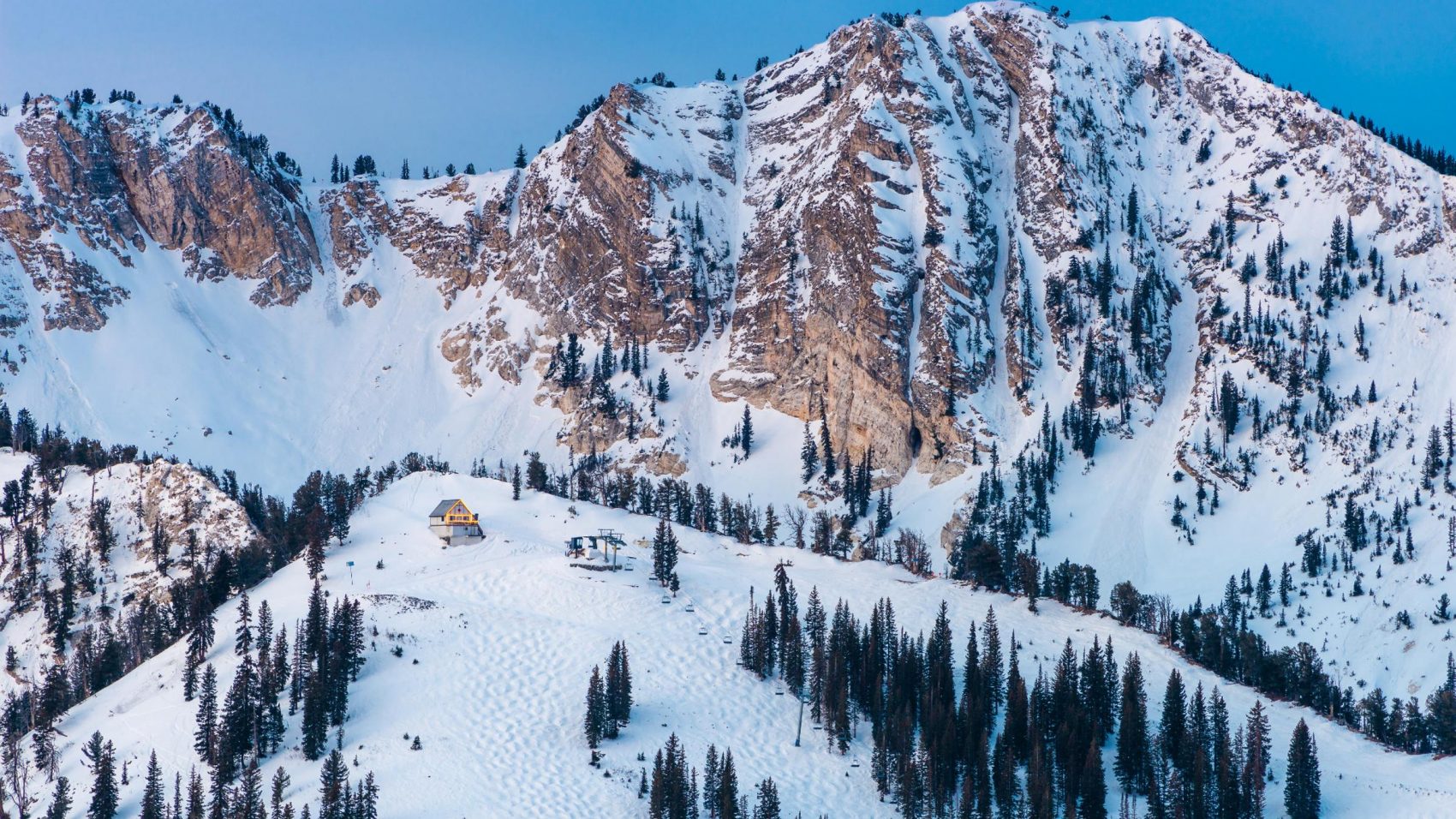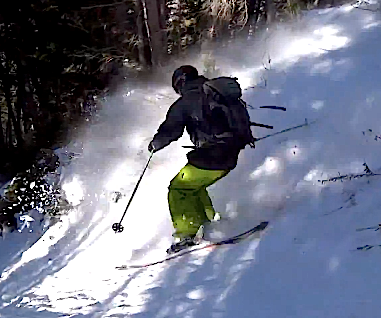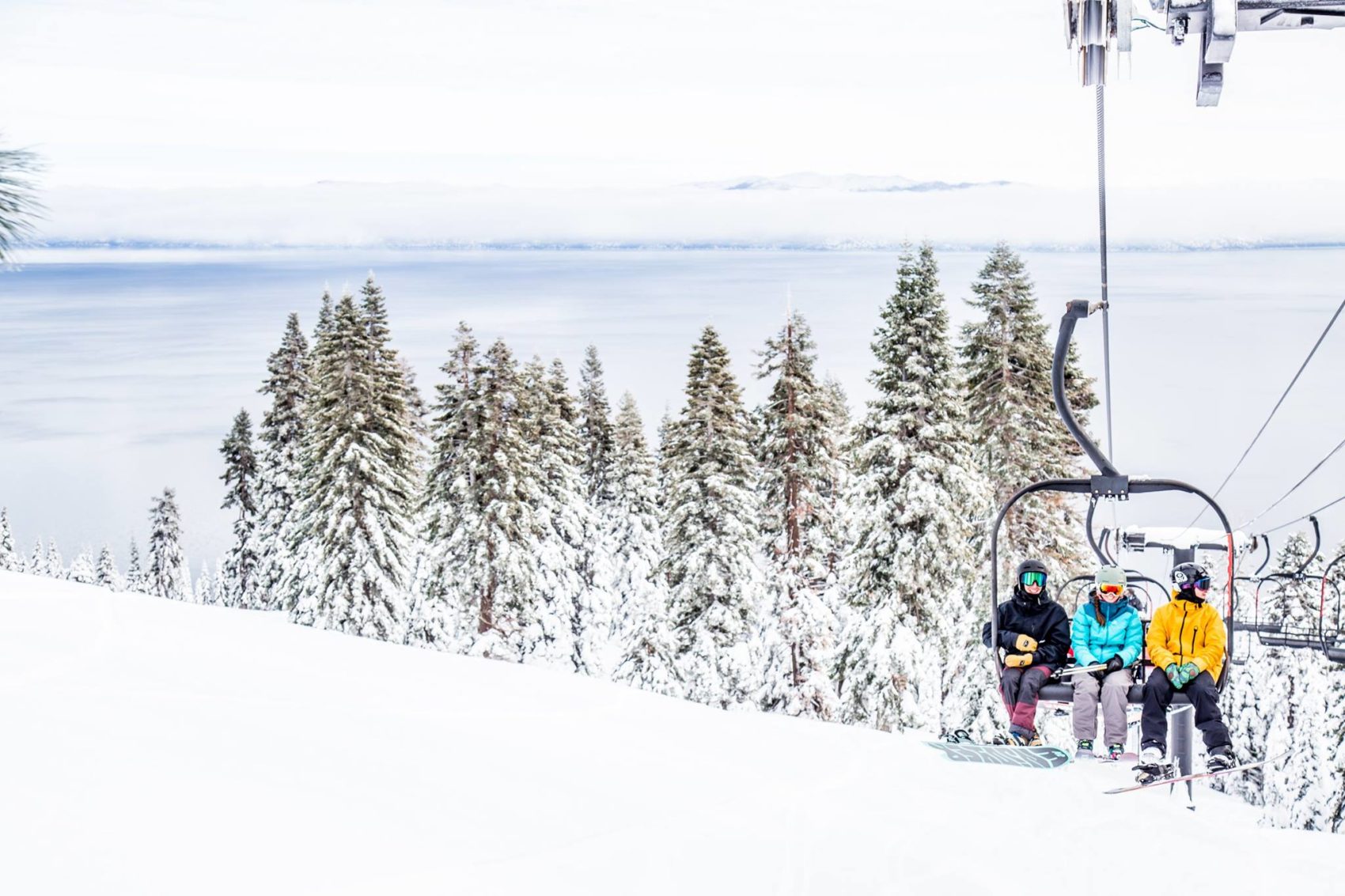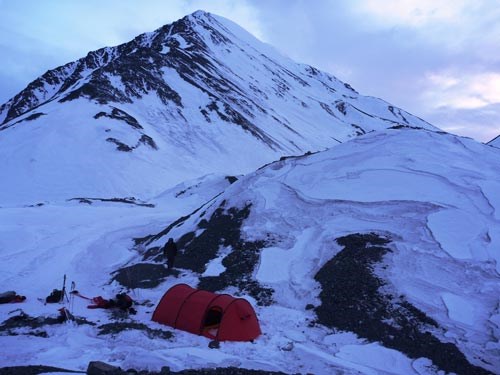
So, you’ve decided to take on one of the biggest challenges in North American ski mountaineering—skiing Denali. Among the myriad concerns that go along with a big ski objective, Denali has something that makes it quite different—altitude. Even under the best conditions, Denali’s altitude presents a set of issues that you should be aware of. The Wilderness Medical Society recently updated their guidelines for the prevention and treatment of high altitude sickness, which provide some practical information for skiers who are headed up ‘the Great One.’
High Altitude Pulmonary Edema (HAPE) is a life-threatening accumulation of fluid in the lungs that occurs in otherwise healthy people at altitudes above 8200’. It is a common and lethal condition among high altitude health problems, and climbers and skiers should be aware of its signs, symptom, and treatment. Shortness of breath, chest tightness, cough, and fatigue are common indicators, as are abnormal lung sounds, cyanosis (blue skin, lips, etc.), and rapid pulse and breath rates. Severe fatigue in the ascending climber is the most reliable indicator of HAPE. Scientists at the National Park Services medical camp on Denali continually study HAPE and other altitude illnesses and provide care for climbers suffering from these conditions on the mountain.
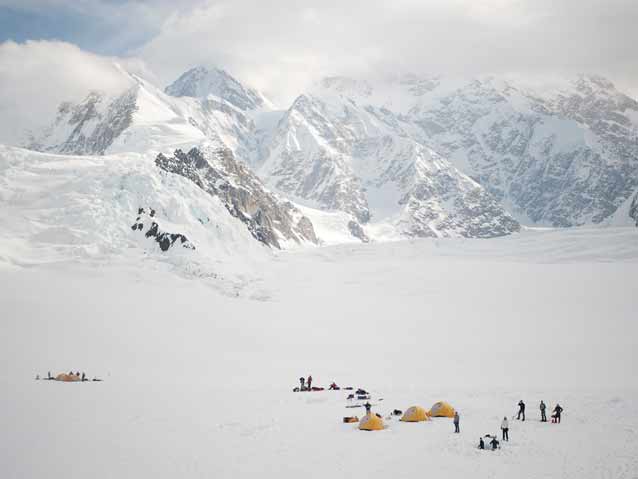
As with Acute Mountain Sickness (AMS) and High Altitude Cerebral Edema (HACE), prevention of HAPE is best achieved by a slow, gradual ascent. The Wilderness Medical Society recommends that climbers going above about 10000’ ascend no more than 1600’ per day and include a rest day with no ascent every 3 to 4 days. Treatment for all these conditions is descent to lower altitude, although rest at the same elevation can have positive results. Clinical treatment by medical professionals include oxygen, hyperbaric therapy, and certain drugs that have limited effectiveness.
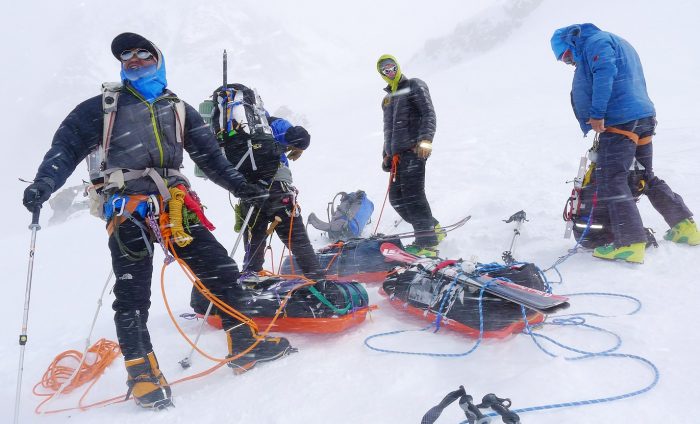
Although most climbers will only suffer mild symptoms of HAPE and other altitude illnesses, this can be a potentially life-threatening condition that should be monitored and dealt with rapidly. A good team will be on the lookout for signs and symptoms in their climbing partners and should be ready to assist them in descending to a lower altitude and a higher level of care.
For more information, consult the WMS Wilderness and Environmental Medicine Journal’s 2019 updated guidelines at https://www.wemjournal.org/article/S1080-6032(19)30090-0/pdf

